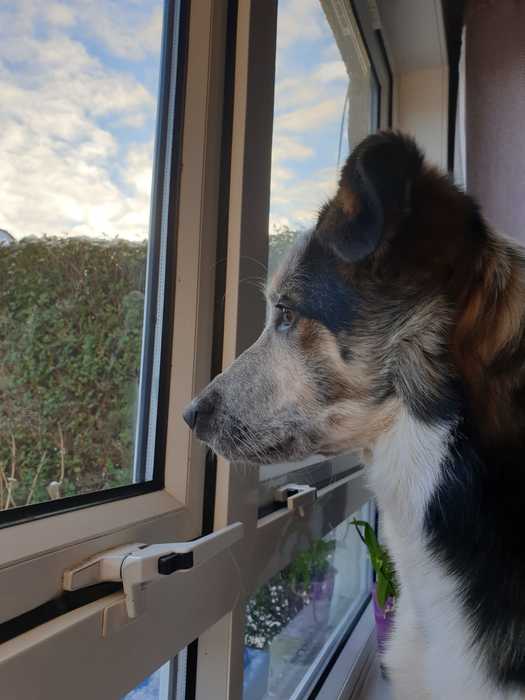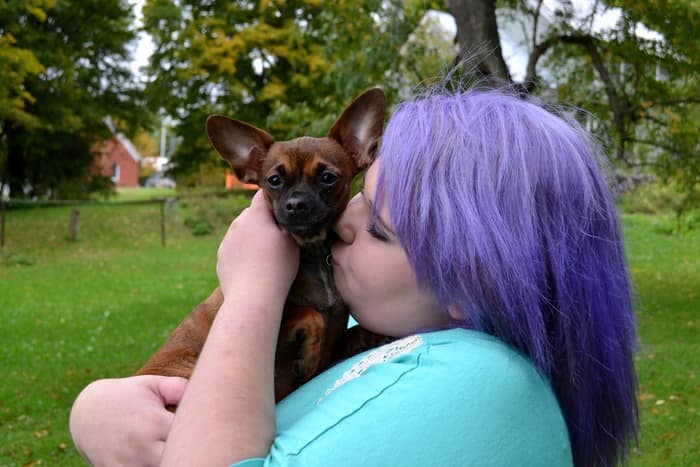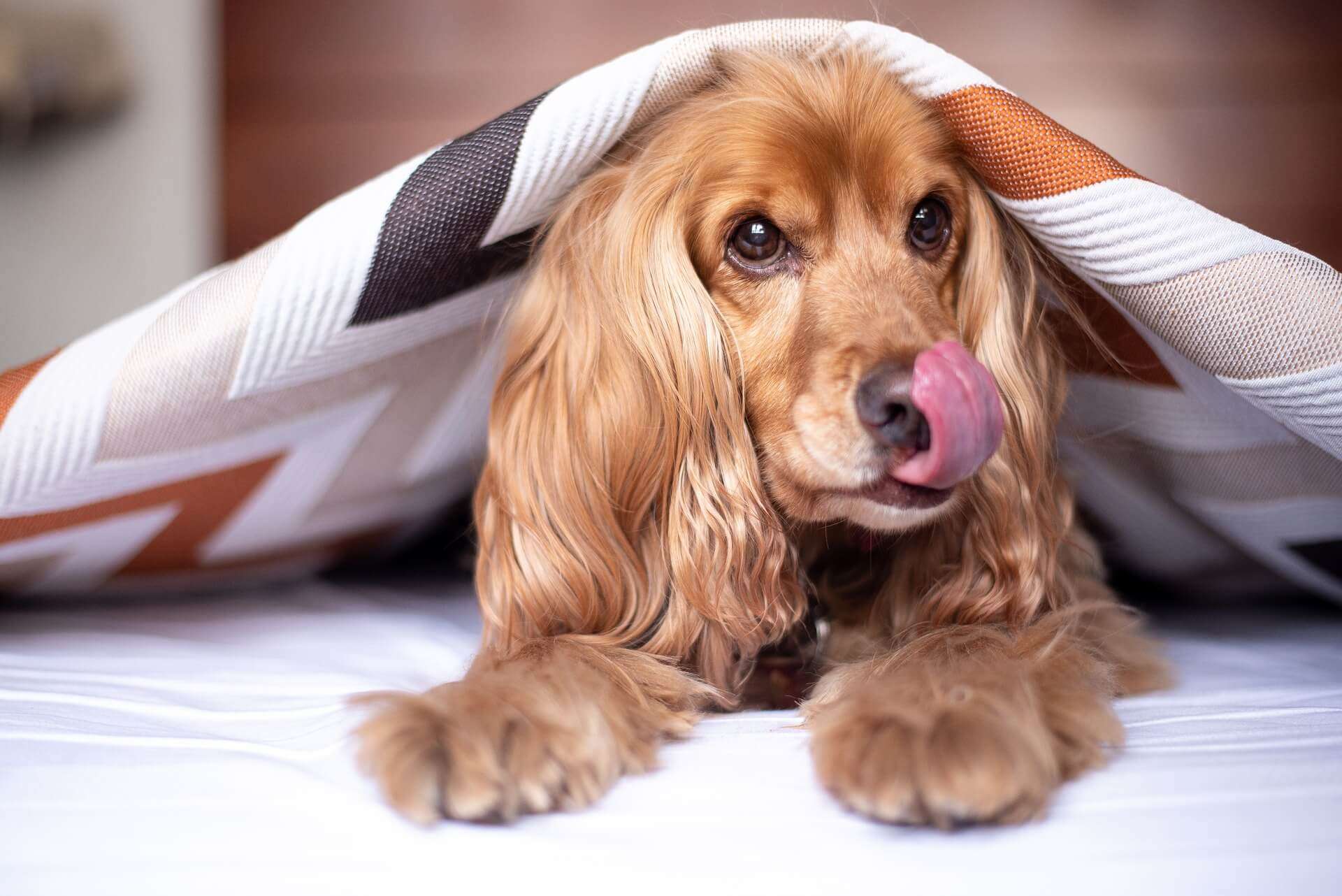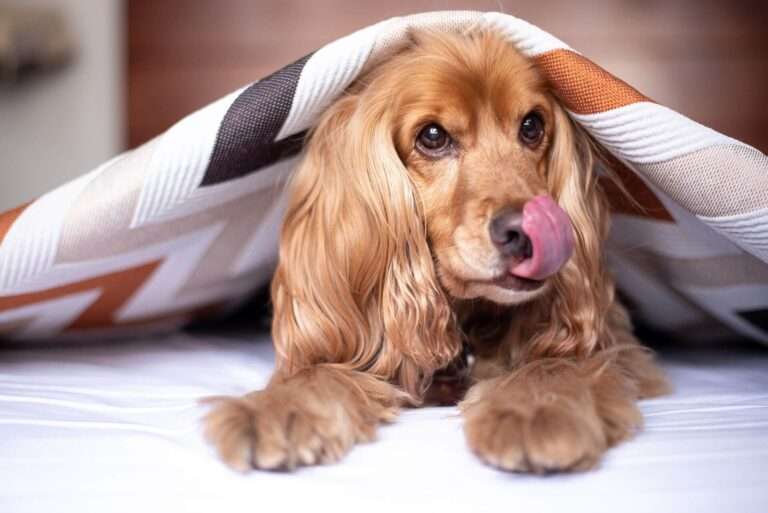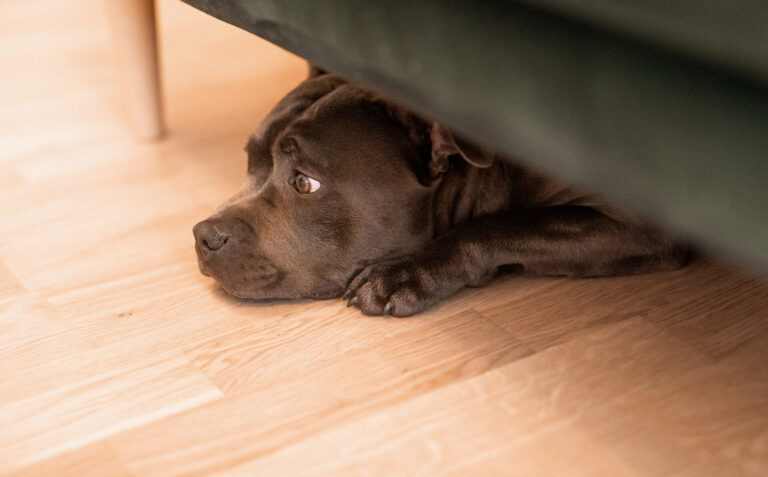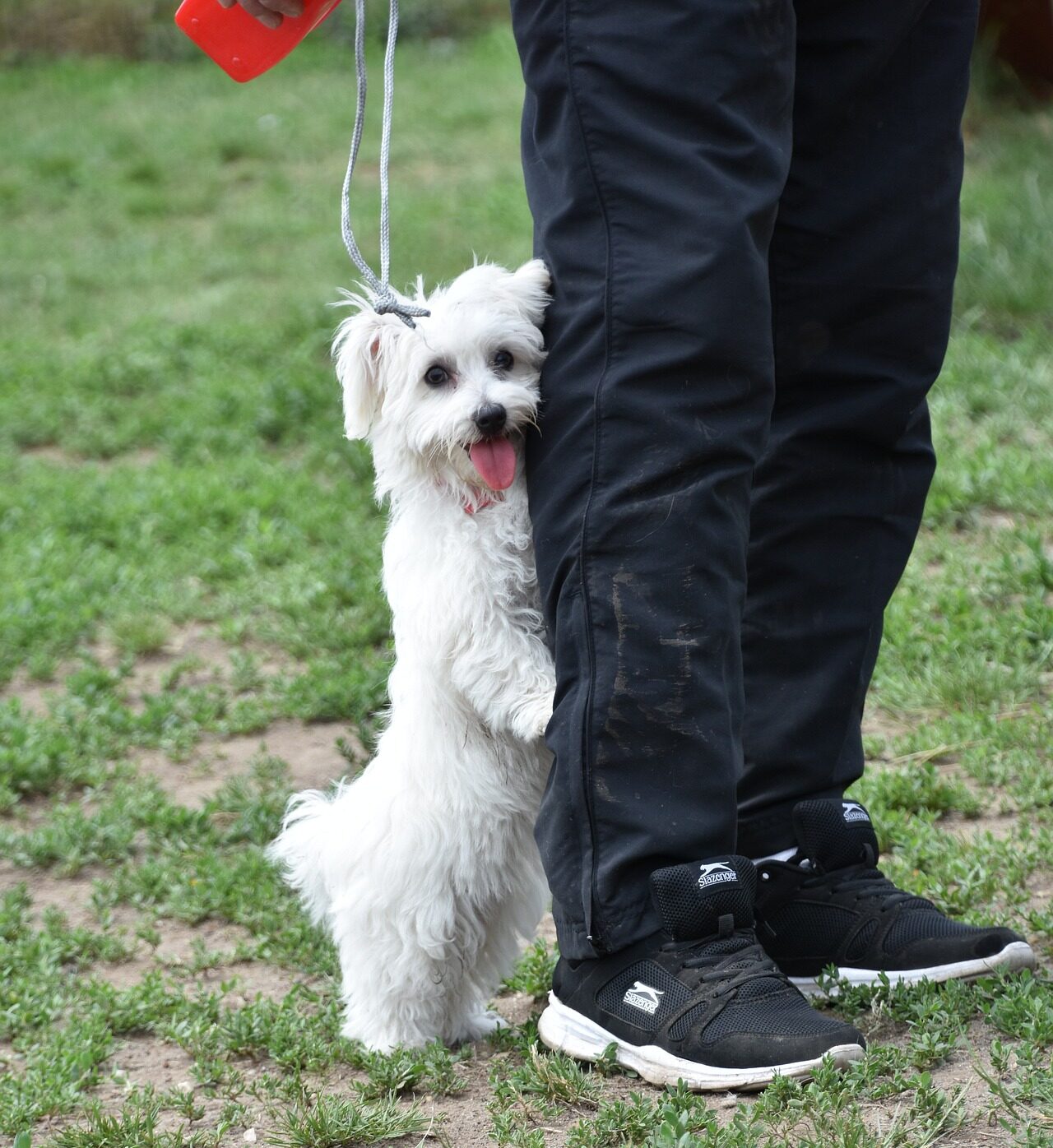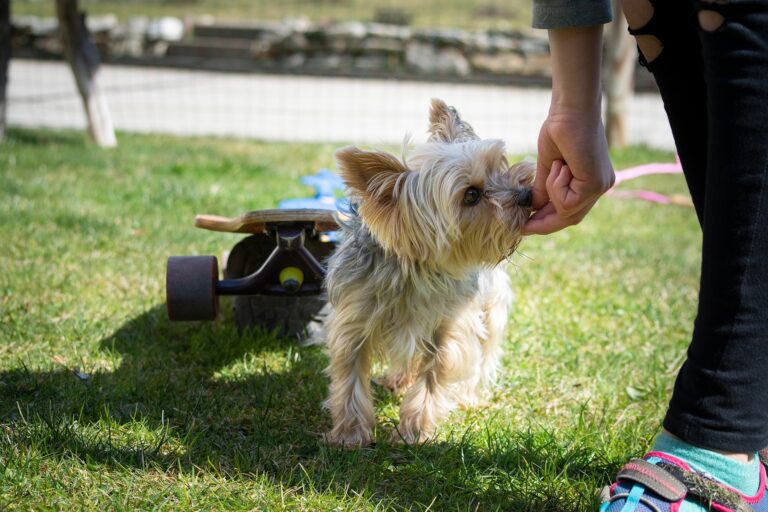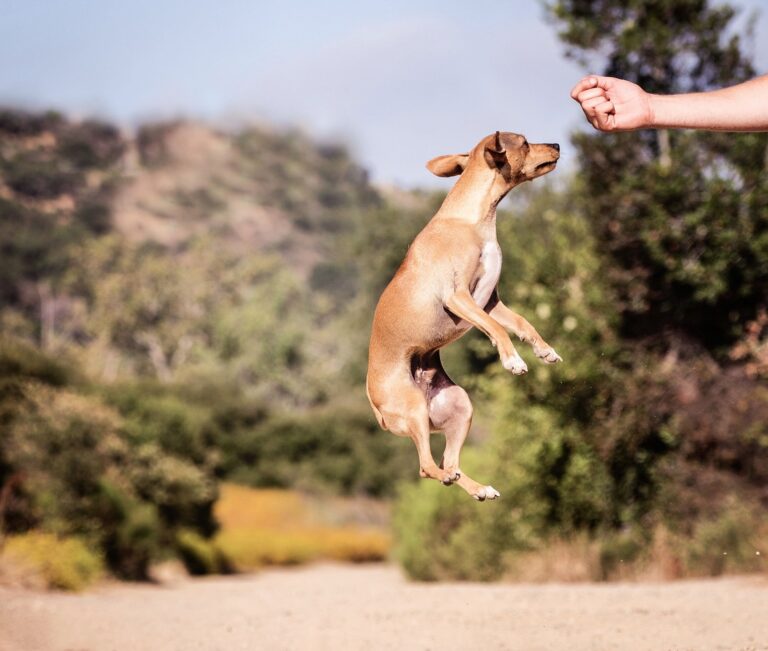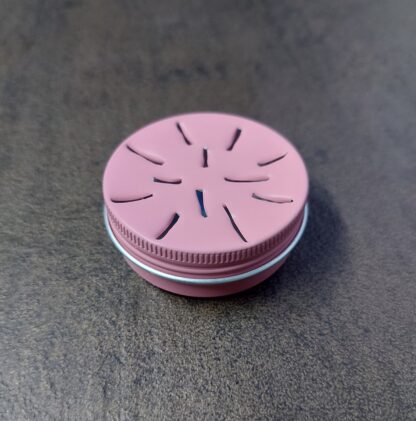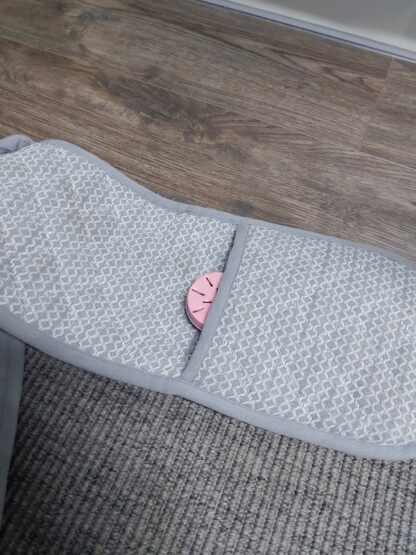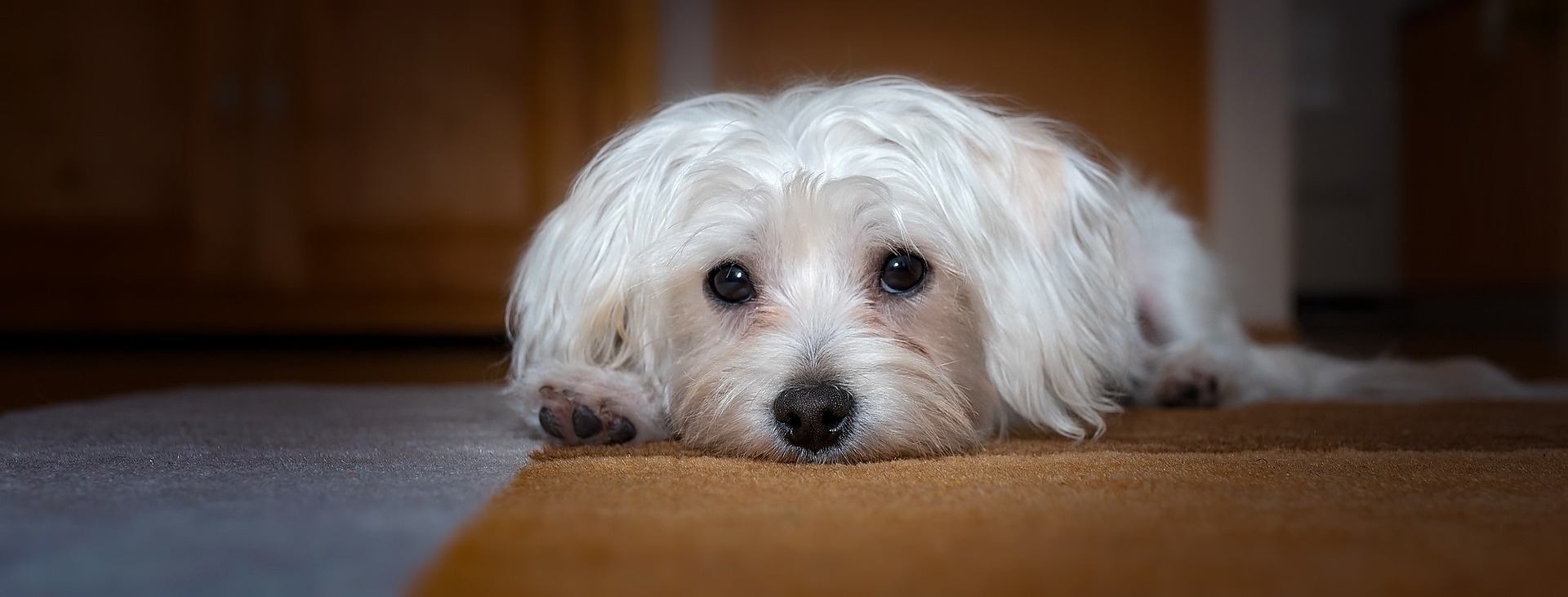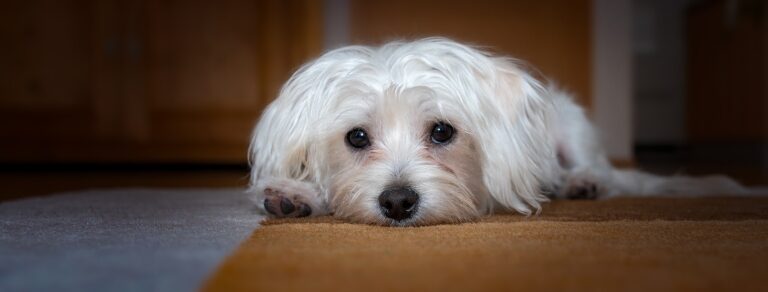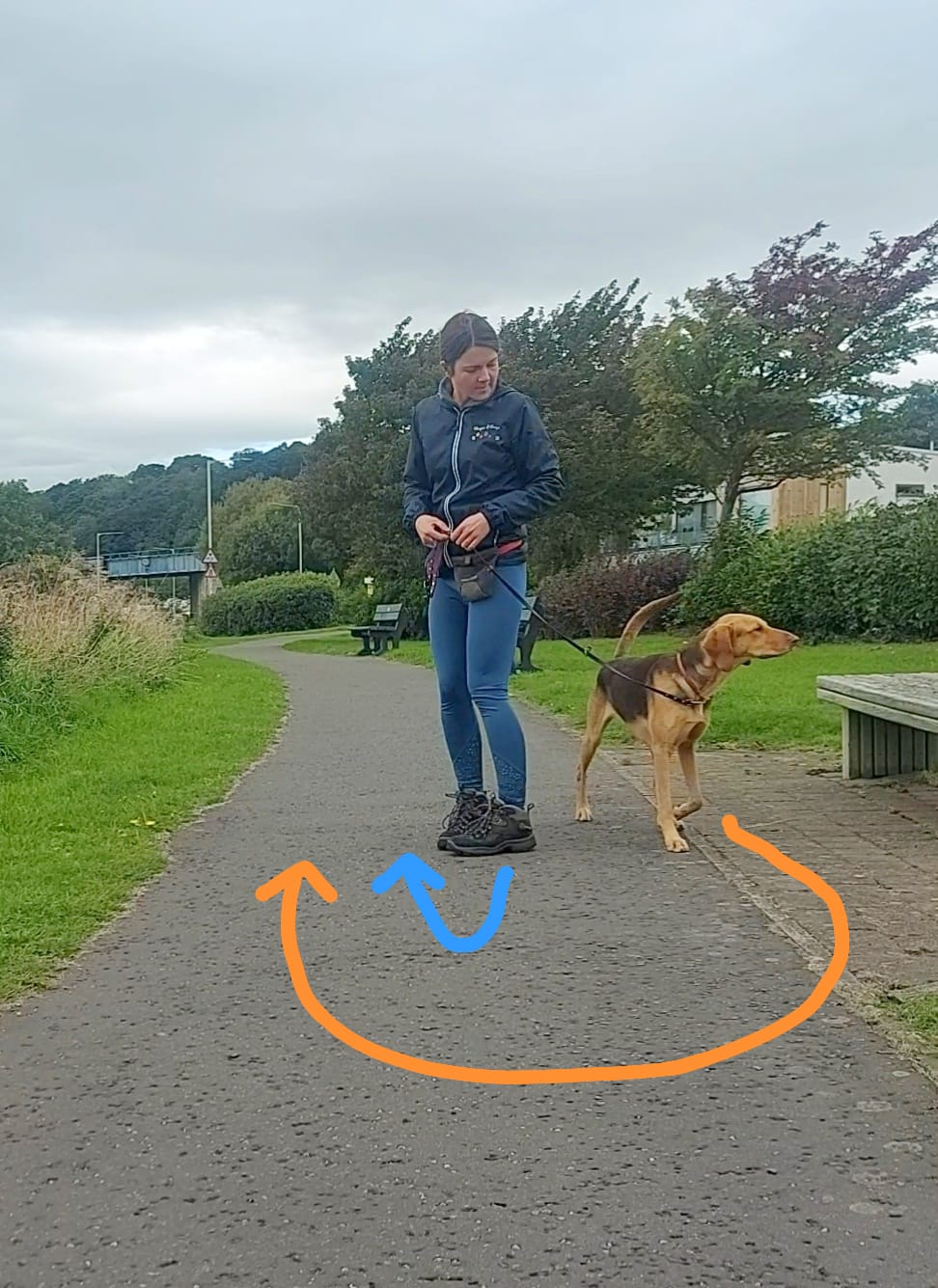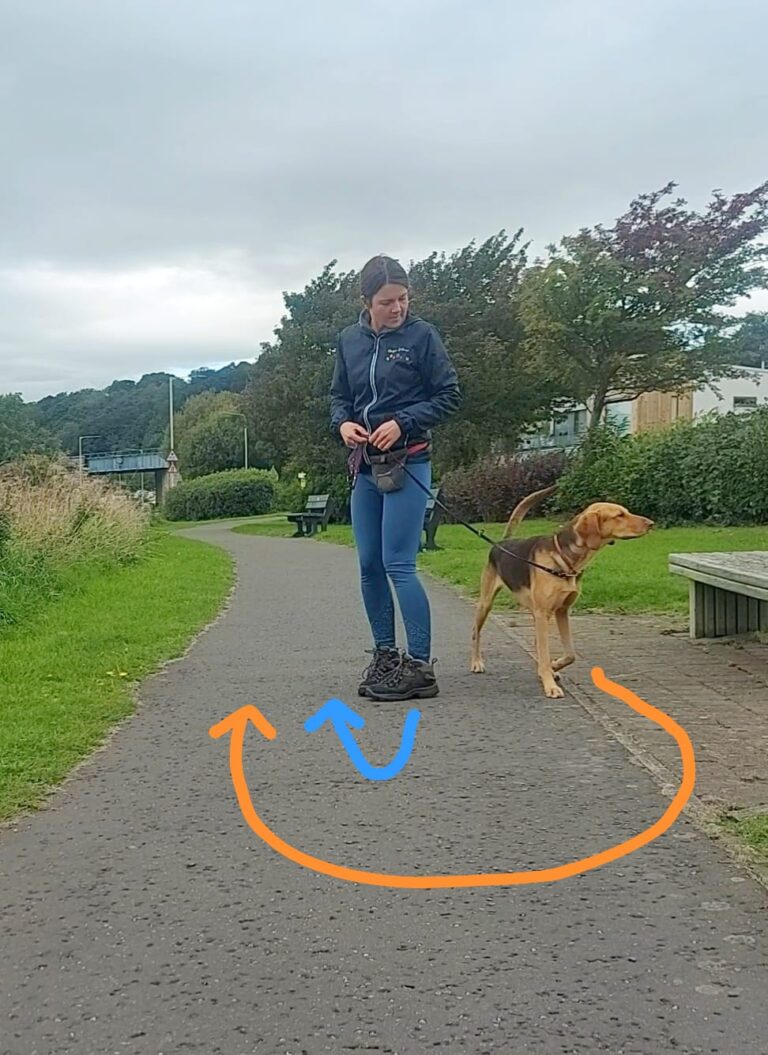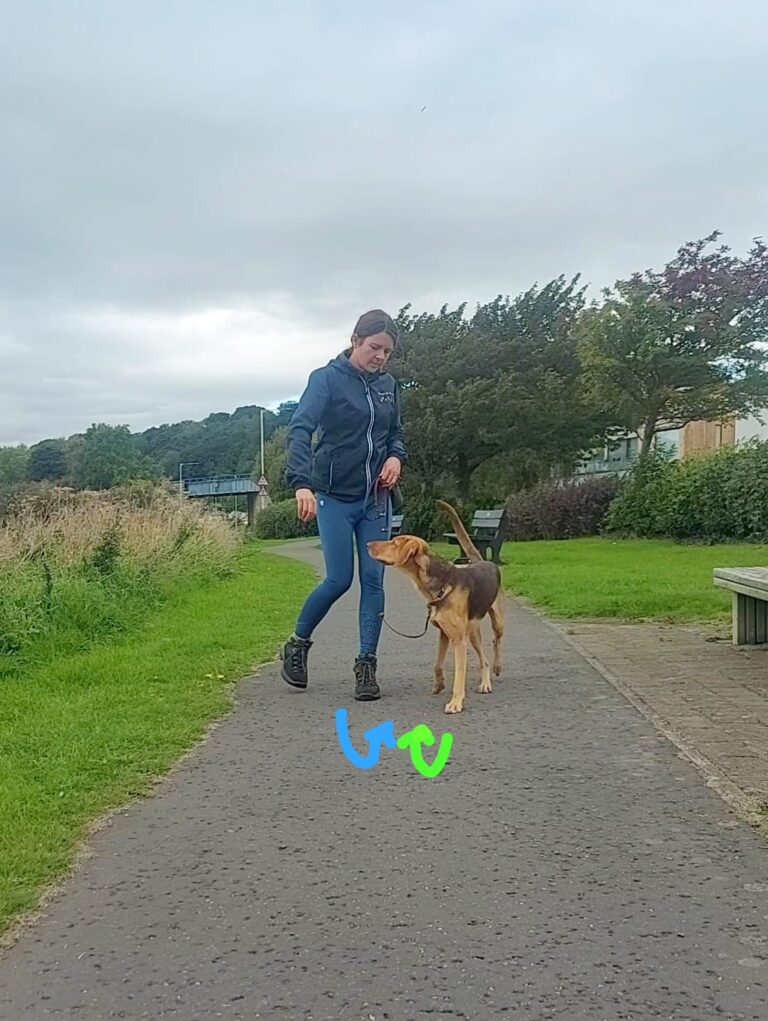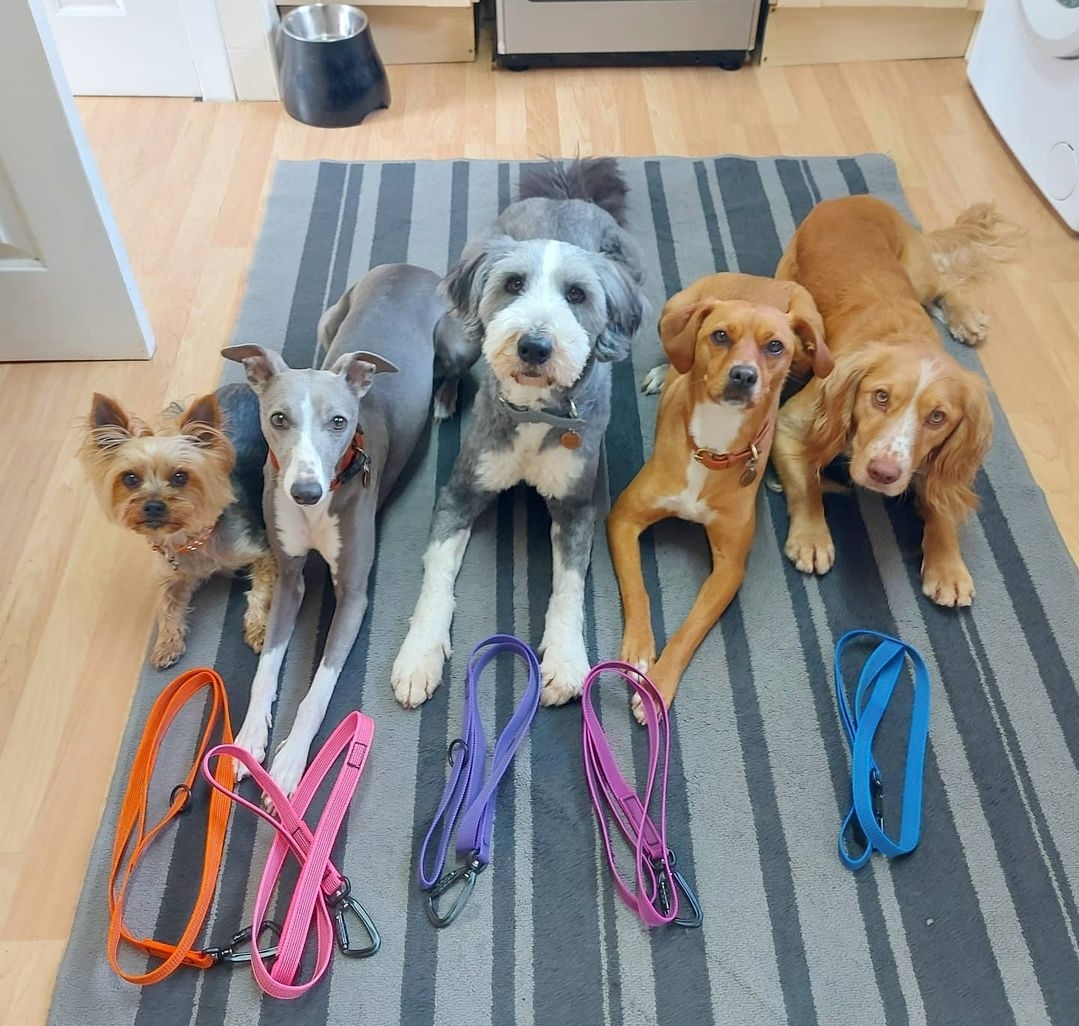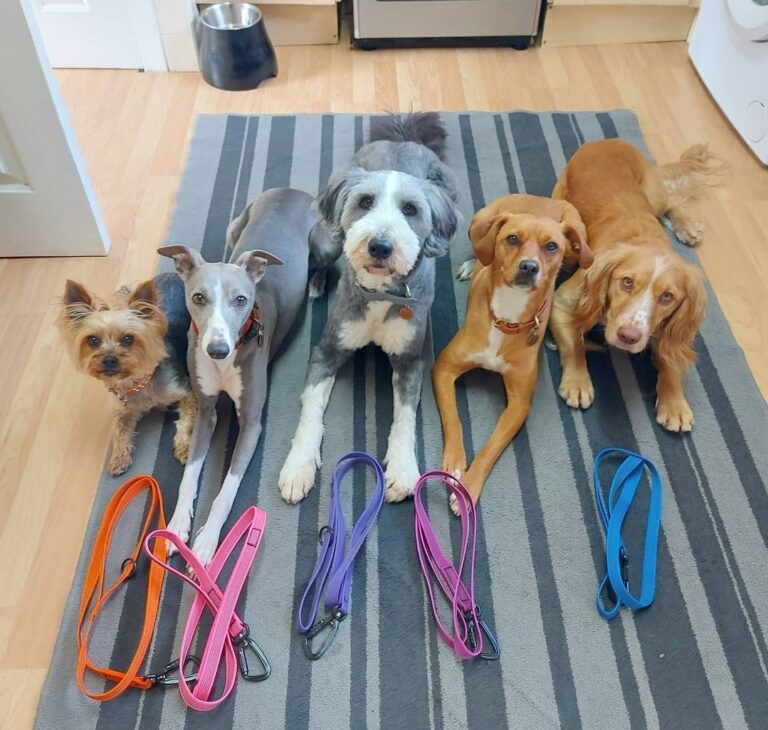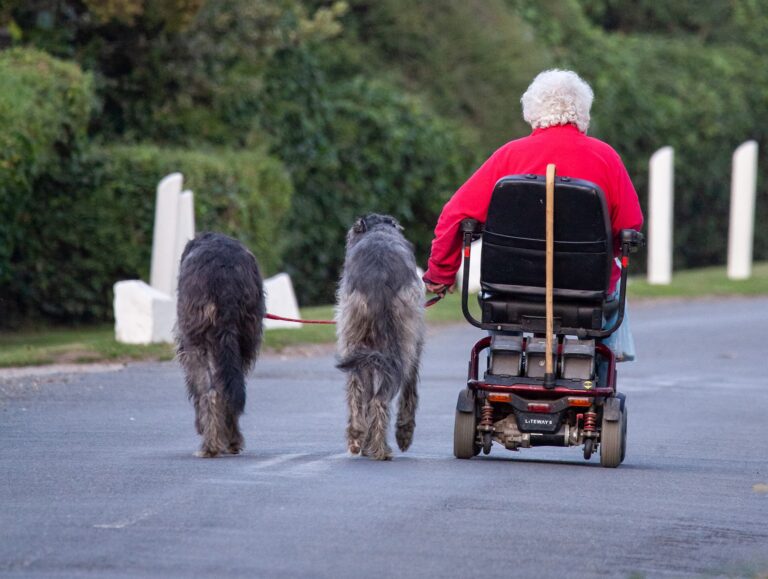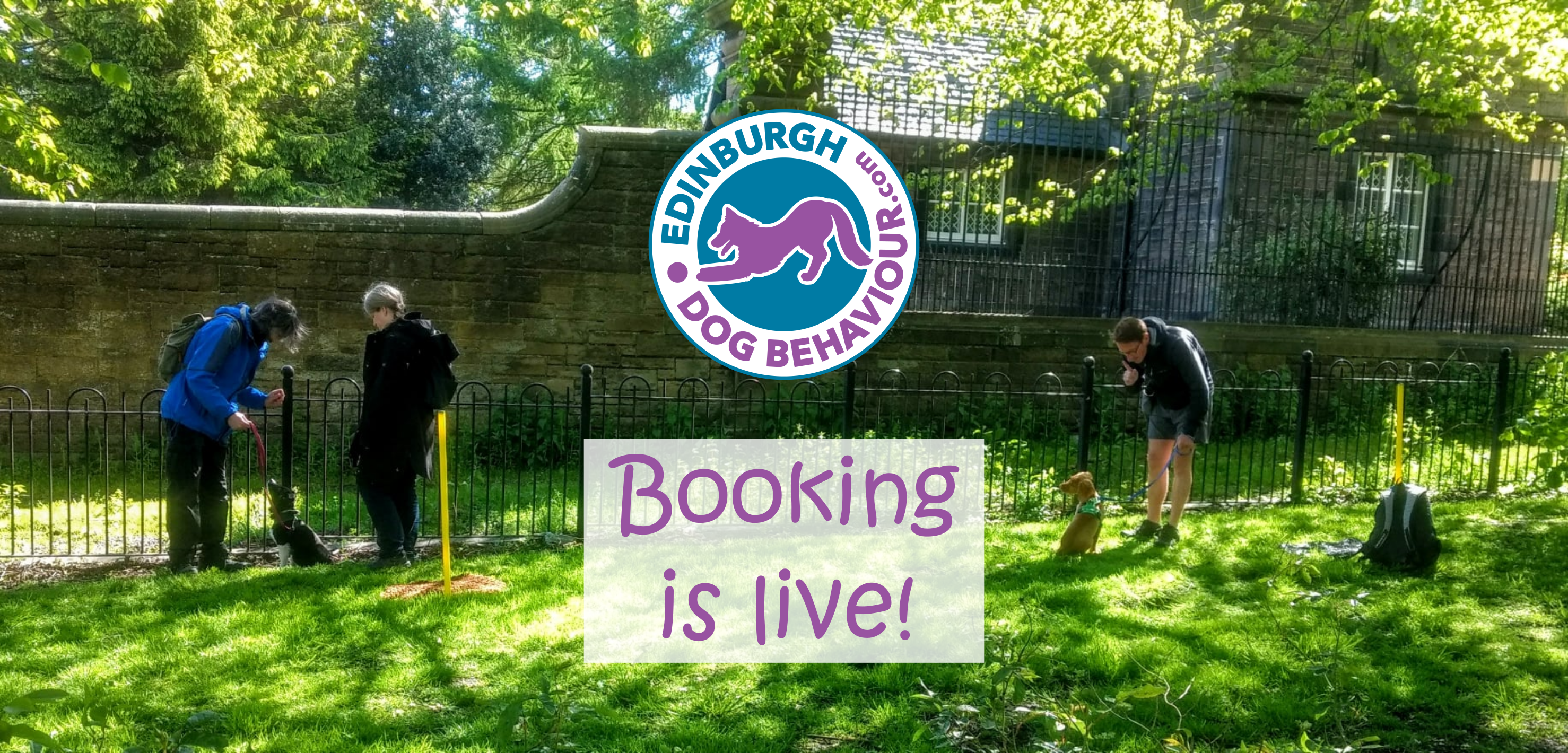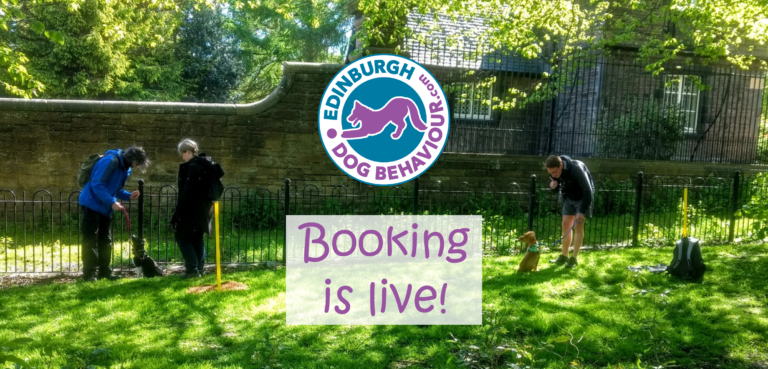
“You can’t teach a beagle recall” said the proud new owner, as her young beagle strained at the end of his extendable lead, ignoring her pleas to steady/ leave and ploughing all his energy into trying to reach the group of dogs at the end of the park.
There are SO many popular myths about certain breeds and what they can and can’t do. The vast majority of them make me cringe inwardly as I realise the self-fulfilling prophecy about to unfold.
Since this was a chance meeting in a park I didn’t mention that I know loads of beagles with excellent recall. Yes, they can be a challenge, but if you know your dog there’s no reason why your beagle can’t enjoy at least some off lead privileges, in the right time and place of course. The same is true for separation anxiety treatment.
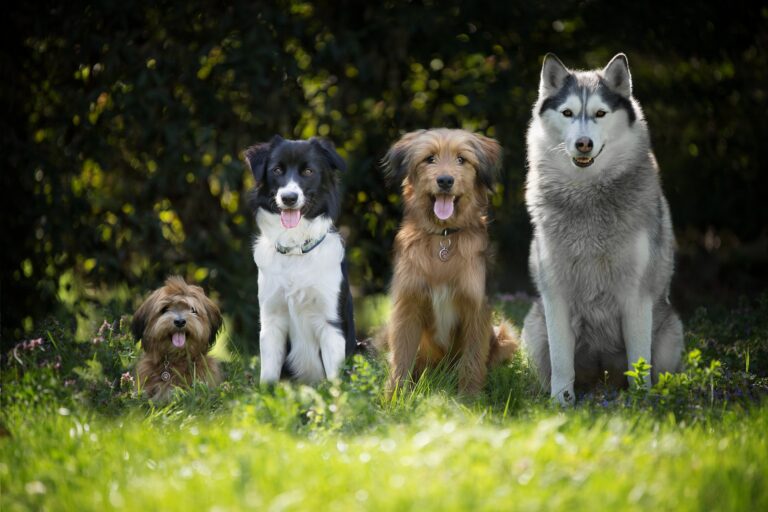
Cockapoos, Shih tzus, Maltese and Whippets
As a separation training expert, there are some breeds of dog that I see more of than others. I almost always have at least one poodle cross on my separation training list, for example. Right now, 3 out of the 8 are poodle mixes.
As a scientist, I know to be careful about making false connections between cause and effect. You can’t toss a frisbee in most parks in Scotland without it landing near a “doodle” or “something – poo”. So really the only certain conclusion is that these mixes and types are hugely popular just now, so naturally I would expect to see more of them.
Other breeds that I am regularly asked to help are shit tzus, schnauzers, whippets, Maltese and cocker spaniels, as well as mixes of these. I am yet to see a Labrador or Border collie for separation anxiety and yet they are also popular breeds, and I see them often for other issues. So maybe there is more going on that simply the popularity of a breed when it comes to separation anxiety.
Nature vs Nurture and how it might affect separation anxiety in dogs
At the root of it all, different breeds have been (and continue to be) developed for different purposes. This deliberate selection of physical and behavioural characteristics will of course have an impact on how the dog copes with different types of situations.
Breeds that were developed over hundreds of generations to enjoy human companionship above all else, for example Shih tzus, Maltese and toy poodles likely have a pre-disposition to form closer bonds with humans and therefore struggle more when they aren’t around them.
Companion breeds are also likely to be better at communicating with people, or expressing their needs in a way that allows humans to pick up on them. Compare this to the behaviour profile of hunting or guarding breeds. Many of these breeds have been developed to spend a lot of time alone, in a role where showing you are worried would be a disadvantage and maybe even a risk.
It is worth considering then that some breeds are under-represented in separation anxiety cases because they are stoic, and may be quietly panicking in a way that doesn’t cause the same inconvenience as a dog that howls, soils indoors or wrecks the house.
Similarly, very active breeds of dog that also bond very closely with humans, such as the working cocker spaniel may find being home alone hard, both due to their need for long periods of mental
(not just physical!) stimulation AND their love of being with people. Cross these with a toy poodle and it suddenly maybe isn’t just an issue of cockapoos being the “in” thing!
It’s all about the individual
So, there may be some breeds that might struggle more with spending time alone. Does that mean they are destined to get separation anxiety?
I honestly don’t think so.
Being aware of your dog’s breed disposition is a useful foundation from which you can approach helping them cure their separation anxiety. If you understand where they're coming from with their anxieties, and sympathise, you are much more likely to succeed in helping them to be okay at home alone.
This is the nurture bit of the nature/ nurture debate, and of course, the bit where separation anxiety training comes in.
Life experiences can have profound impacts on the individual. If you have a dog that has been through upheavals such as relationship breakdowns, house moves, transport between countries or ill health, it is natural they might feel shaken and unsure. An older dog may develop separation anxiety as their health fails and their faculties become less reliable. They are aware they are more physically vulnerable and may need security from the owner’s presence, despite having previously been fine when left alone.
If you suspect your dog is likely to be more prone to separation anxiety, the best thing you can do is tread carefully and protect them from any experiences they might find too challenging. Training is still possible, but you may wish to consult with an accredited behaviourist or veterinary behaviourist to make sure you’re on the right path.
Dogs that are naturally more anxious from puppyhood, or those that have experienced a traumatic event may also benefit greatly from medication. Medication for separation anxiety is not a quick fix, but a way of creating space and calm, within which your dog can learn that being alone is safe.
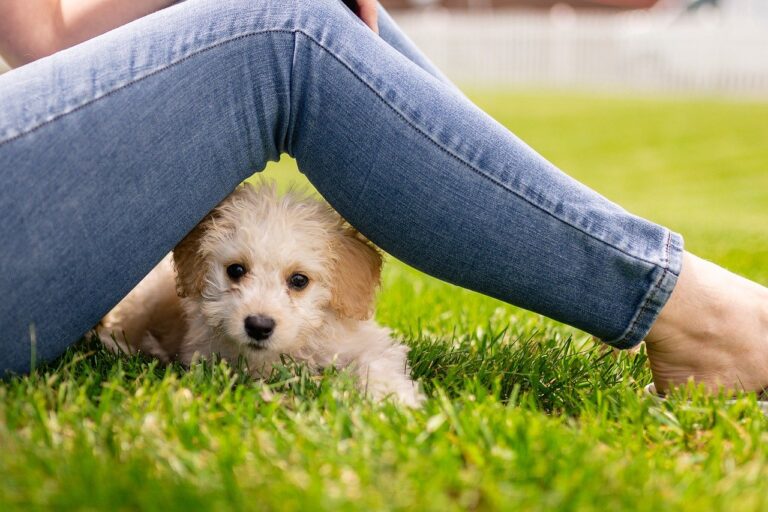
How to avoid choosing a breed that is prone to separation anxiety
- When choosing a dog breed, try to see past the claims of “easy to train”, “clever”, “good with kids” etc (these are applied to pretty much every breed by their enthusiasts anyway) and do research into what the breed was actually intended for. By this I don’t mean a quick google (this is probably the worst way to research dog breeds), I mean actually get out there, talk to owners and meet dogs that are living the life they were bred for. Meet others that are succeed as pets without presenting with behavioural issues.
- Seek out people who are willing to share their NEGATIVE experiences and regrets too. What didn’t work and why? This goes for all aspects of behaviour and expectations for the dog you want to share your life with.
- Be honest with yourself. Huskies are gorgeous, but if you only have time for a big walk on the weekend they aren’t for you. If you fancy a cockapoo but work away from home for more than 40 hours a week, you might be better off choosing a less sociable or more aloof breed, or rescuing an older dog that is used to having less close contact time with people and can be happy home alone.
- There’s a temptation to try and prove you're “good enough” for the breed/ breeder/ individual dog. It feels good if the club seems like an elite bunch. But like dating, the truth will out in the end and this is a relationship that will last for a lifetime, so you want to get it as right as you can from the start!
Finally, and above all else be ready to train! Whatever your dog’s breed and background, they are going to face challenges and since you control all aspects of their life, they will rely on you to help them deal with things.
Separation anxiety is incredibly tough on both owner and dog, however regardless of your dog’s breed, avoiding and even fixing separation anxiety is completely possible. Please don’t be like the beagle owner and think that there’s nothing you can do to influence your dog’s experiences and behaviour. Where there is a will there is a way, as they say!

